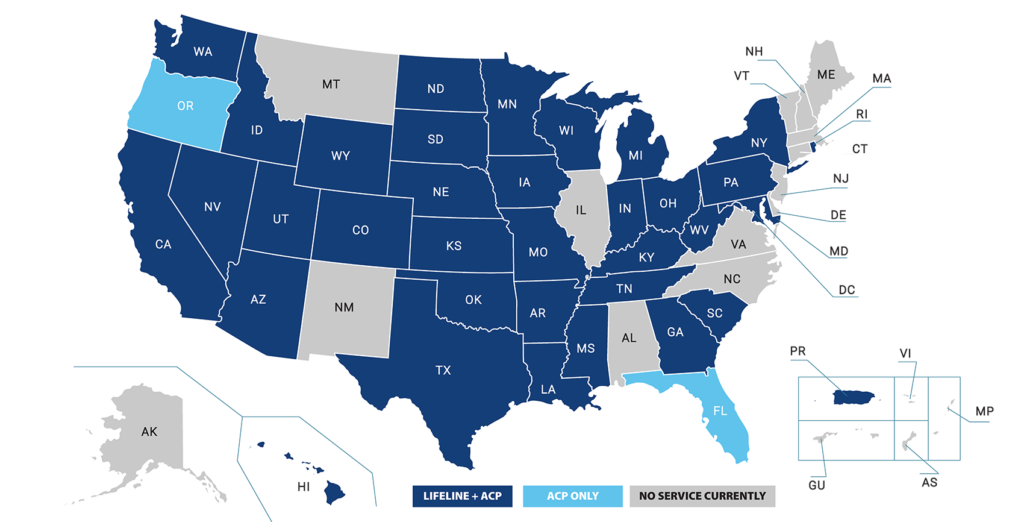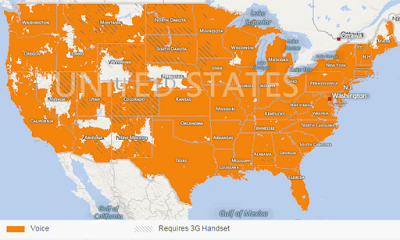Cloud computing has revolutionized the way businesses operate by providing them with the flexibility and scalability they need to adapt to the ever-changing market demands. However, with the increasing adoption of cloud computing, the need for reliable and high-performance infrastructure has become more critical than ever. That’s why cloud providers are now turning to multiple underlying physical networks to enhance their service delivery.
Using multiple underlying physical networks is an effective solution that cloud providers can use to address some of the challenges associated with cloud computing. By leveraging multiple networks, cloud providers can ensure high availability and reliability of their services, even in the event of network failures. Additionally, multiple networks provide a high level of redundancy, allowing cloud providers to distribute their workloads across multiple networks and ensure that their services remain operational, even during peak usage periods. In the following paragraphs, we will explore the reasons why cloud providers should use multiple underlying physical networks and the benefits they can derive from this approach.

Why Cloud Providers Should Use Multiple Underlying Physical Networks
Cloud services are becoming increasingly popular in today’s digital world. As businesses move more and more of their operations to the cloud, the need for reliable and secure networks that can handle the increased demand is becoming greater. Many cloud providers are now turning to multiple underlying physical networks to ensure that their services are reliable, secure, and perform to the highest standards.
Reliability
One of the key benefits of using multiple underlying physical networks is reliability. By having multiple networks in place, cloud providers can ensure that their services are always running and remain available even when one of the networks fails. This helps to eliminate downtime and ensure that businesses can continue to use their cloud services without interruption.
Another benefit of using multiple underlying physical networks is the ability to scale quickly and efficiently. By having multiple networks in place, cloud providers can quickly and easily add additional capacity to meet the needs of their customers. This helps to ensure that businesses are able to take advantage of the latest cloud technologies and services without having to worry about capacity limitations.
Security
Using multiple underlying physical networks also helps to provide increased security for cloud services. By having multiple networks in place, cloud providers can ensure that their services are protected from potential threats. This helps to ensure that businesses are able to use their cloud services with confidence, knowing that their data and applications are secure.
Additionally, using multiple underlying physical networks helps to prevent single points of failure. By having multiple networks in place, cloud providers can ensure that their services remain available even if one of the networks fails. This helps to eliminate downtime and ensure that businesses are able to take advantage of the cloud without interruption.
Cost Savings
Using multiple underlying physical networks can also help to reduce costs for cloud providers. By having multiple networks in place, cloud providers can reduce their costs by consolidating their services onto one network. This helps to reduce the number of servers and networking equipment that needs to be maintained, resulting in cost savings for the provider.
Additionally, using multiple underlying physical networks can help to reduce the amount of bandwidth that is required for a cloud service. By having multiple networks in place, cloud providers can distribute the load across multiple networks, resulting in less bandwidth consumption. This helps to reduce the overall cost of providing cloud services, allowing cloud providers to pass on the savings to their customers.
Improved Performance
Using multiple underlying physical networks can also help to improve the performance of cloud services. By having multiple networks in place, cloud providers can ensure that their services are able to take advantage of the latest technologies and services. This helps to ensure that businesses are able to use their cloud services with confidence, knowing that their data and applications are always running at peak performance.
Additionally, using multiple underlying physical networks can help to reduce latency. By having multiple networks in place, cloud providers are able to distribute the traffic across multiple networks, resulting in faster response times. This helps to ensure that businesses are able to take advantage of the latest cloud technologies and services without having to worry about latency issues.
Frequently Asked Questions
Cloud providers should use multiple underlying physical networks to increase the availability, scalability and security of their cloud services. This article will answer common questions about the advantages of using multiple networks for cloud providers.
What Are the Benefits of Using Multiple Networks for Cloud Providers?
Using multiple networks for cloud providers offers many advantages. The first and most important benefit is increased availability. By connecting to multiple networks, cloud providers can ensure that their services are always available, even if one network experiences an outage or a surge in traffic. This ensures that customers can access their cloud services at any time.
The second benefit of using multiple networks for cloud providers is scalability. With multiple networks, cloud providers can scale their services to meet the needs of their customers without experiencing performance issues. For example, if a customer needs additional bandwidth or storage capacity, the cloud provider can easily add the necessary resources without having to switch networks or upgrade their existing infrastructure.
What Are the Security Benefits of Using Multiple Networks for Cloud Providers?
Using multiple networks for cloud providers also provides increased security. By connecting to multiple networks, cloud providers can ensure that their services are protected from malicious actors who may try to access their systems. Additionally, by connecting to multiple networks, cloud providers can ensure that their services are protected from external threats, such as DDoS attacks or malicious software.
Furthermore, by connecting to multiple networks, cloud providers can ensure that their services are protected from internal threats, such as rogue employees or disgruntled customers. By connecting to multiple networks, cloud providers can ensure that their data is secure and their services are protected from any unauthorized access.
What Are the Cost Benefits of Using Multiple Networks for Cloud Providers?
Using multiple networks for cloud providers can also save money. By connecting to multiple networks, cloud providers can reduce their costs by taking advantage of competitive pricing and special offers from network providers. Additionally, by connecting to multiple networks, cloud providers can take advantage of network redundancies, which can reduce the risk of outages or disruptions.
What Are the Performance Benefits of Using Multiple Networks for Cloud Providers?
Using multiple networks for cloud providers can also improve performance. By connecting to multiple networks, cloud providers can take advantage of network diversity, which can improve the reliability, throughput and latency of their services. Additionally, by connecting to multiple networks, cloud providers can ensure that their services are always available, even during peak usage times.
Are There Any Drawbacks to Using Multiple Networks for Cloud Providers?
Using multiple networks for cloud providers may also have some drawbacks. The most significant drawback is the cost associated with connecting to multiple networks. Additionally, connecting to multiple networks may require additional resources, such as additional hardware and personnel, which can increase costs. Finally, managing multiple networks can be complex and time-consuming, which can lead to additional overhead costs.

In conclusion, the use of multiple underlying physical networks is crucial for cloud providers to ensure reliable and consistent service delivery. By leveraging the strengths of different networks, cloud providers can create a robust and fault-tolerant infrastructure that can withstand network outages and ensure high availability of services. Additionally, by spreading the workload across multiple networks, cloud providers can avoid overloading a single network, which can lead to slow response times and poor user experience.
Moreover, the adoption of multiple networks also opens up opportunities for cloud providers to offer differentiated services to their customers. They can use different networks for different types of workloads, tailoring their services to meet the specific needs of their customers. This can help cloud providers to stand out in an increasingly crowded market, and attract customers who value high-performance and reliability. Overall, the use of multiple underlying physical networks is a smart and strategic move for cloud providers who are looking to build a strong and competitive cloud infrastructure.



